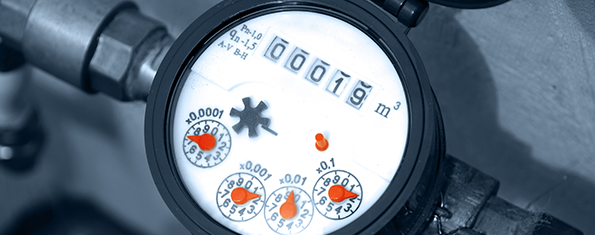Practical DIY Leak Detection

Leakages are one of the biggest issues for those who see a rise in their water bills. Most of the time, the blame will go to the meter being read improperly. However, this is not always the case. Water leaks are usually unnoticeable. But, one of the most telling signs you have a water leak problem is an unusually high water bill. By employing a simple leak detection method and fixing the problem, you need not worry about these problems anymore.
Let’s take a look at what you need to know about DIY leak detection.
Check Your Water Meter
So, your water bill is unusually high. The first thing to do is learn to read the water meter. Then, you should verify the monthly reading on your water bill. If there are no issues with the water meter reading, you may proceed to checking the piping.
How to Read Your Water Meter
Leak detection can be done only after the water meter has been read. Yet, how does one go about reading the water meter? It is important to first locate the water meter and check if the readings tally with your water bill.
After the water meter has been located (might be in a concrete box or lidded), look for the dials. The numbers are read just like you would an odometer. They indicate the amount of water (in volume) that has been used by the household since the last reading.
Once the reading has been penned down, it is important to assess how much water is being used over a week or so. The more and the longer you take readings, the better as your findings will be more accurate.
Start looking at the costs per gallon and assess how much you are being charged. After the week is done, match the readings with the actual costs. This will demonstrate, if there are any leakages. If there are leakages, the numbers will be off as one will not be recording those leakages. The nature of the leakage or how bad it is can be seen in the discrepancies between the previous and current readings.
How to Test for Leaks
Testing for leaks involves a host of places. Start with the toilet. Pour some milk into the tank. If the milk starts seeping into the actual toilet, this indicates there is a leakage with the toilet itself.
Next, check your faucets for leaks. Start running them and see if there are any leaks.
Most pipes are located behind walls. This may put you off from checking them. Yet, these are often the places where leaks happen. Start searching for any discoloration on the walls as this can be a clear sign of leaking.
Turn Off Your Water
When checking for leaks, it is important to turn off the water. The first step is to turn off all faucets and make sure no water source is running.
Then, locate the main “stopcock” or valve of the pipeline and turn it off.
Finally, note the needle’s position on the water meter dial. If the needle’s position has changed after 30 minutes, it means you have a leak.
